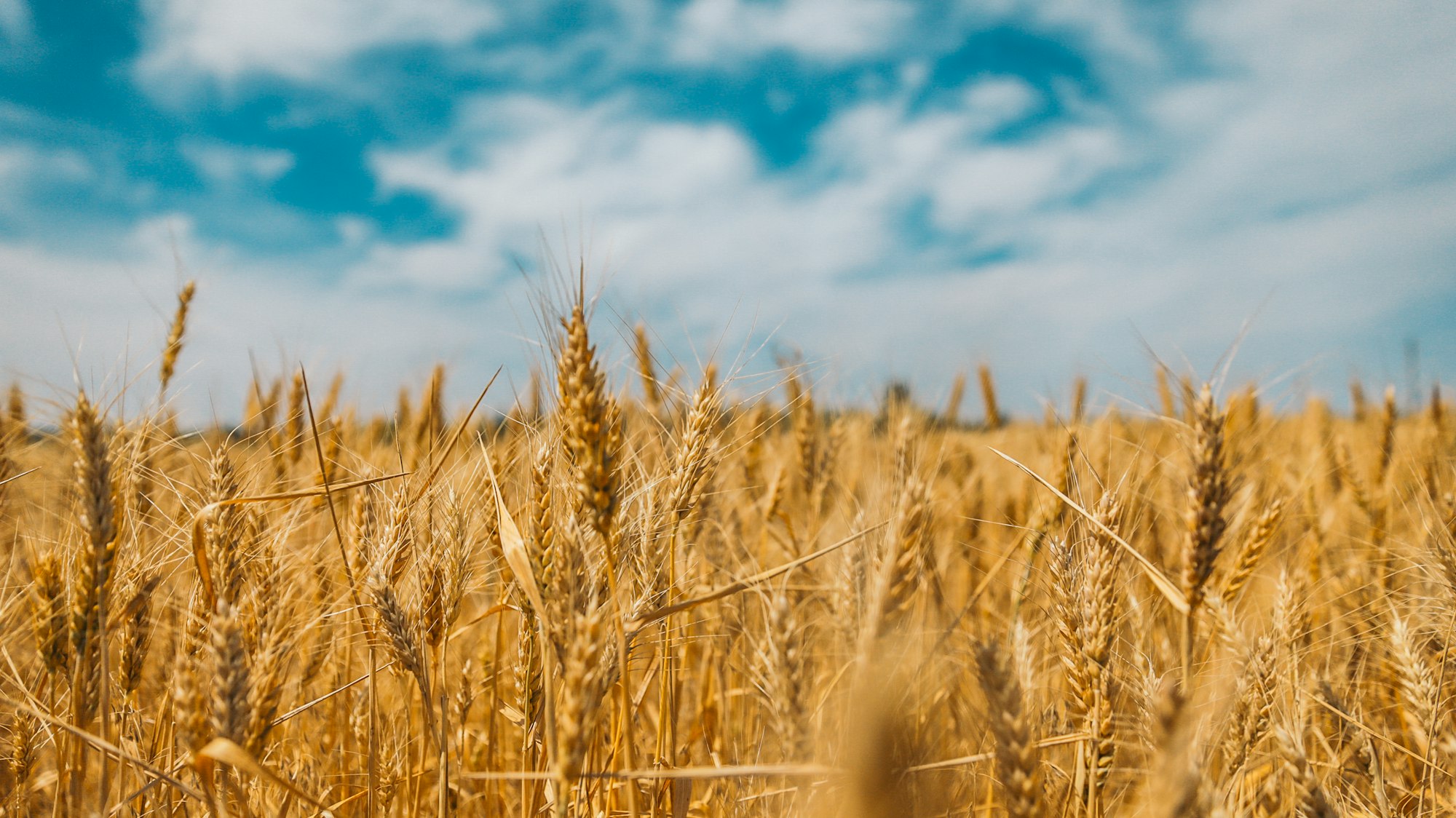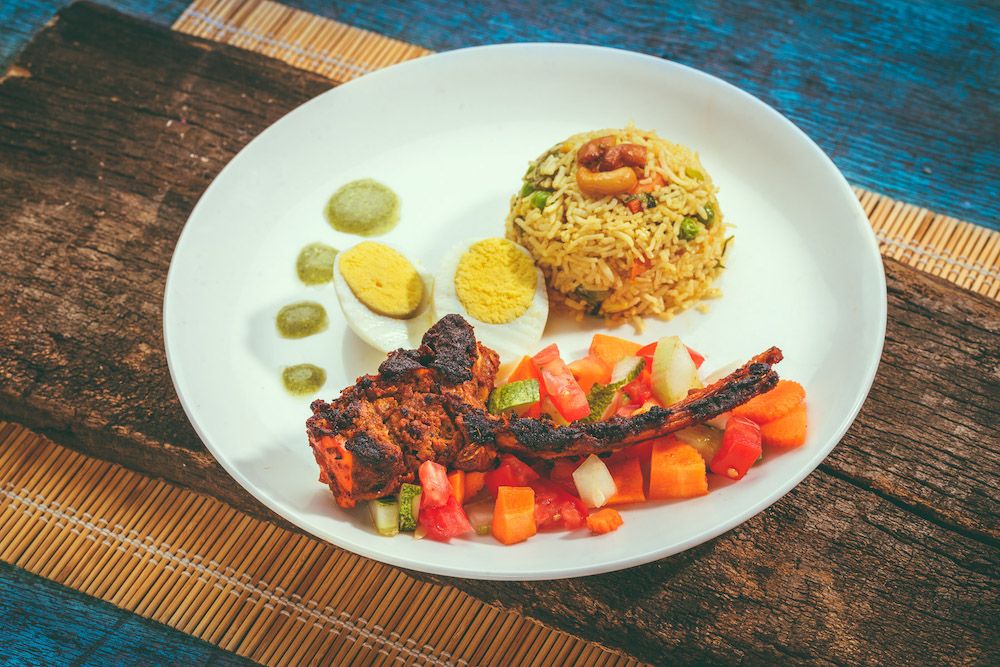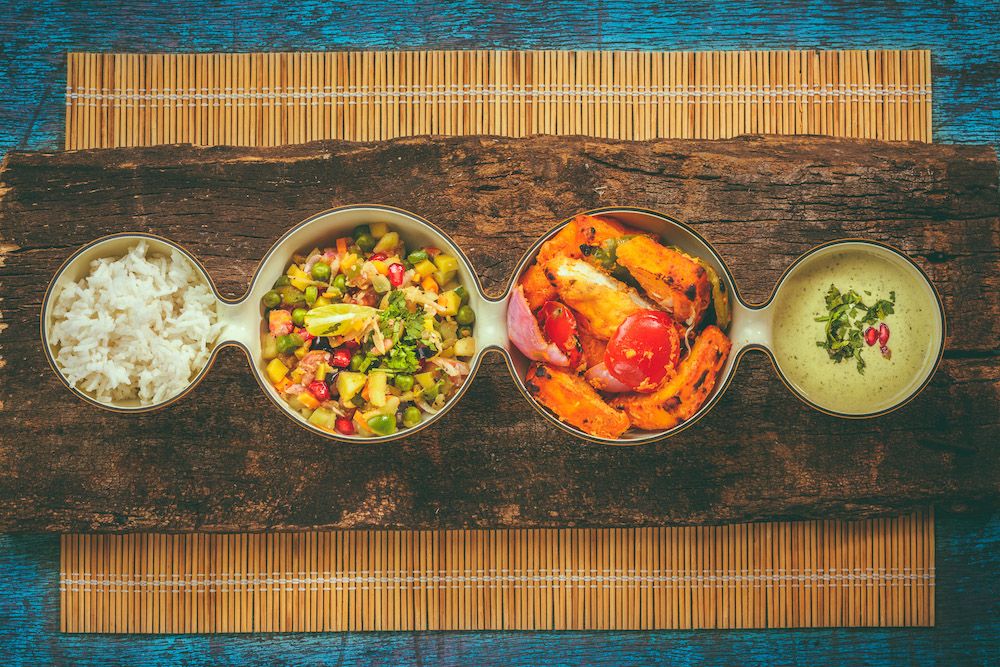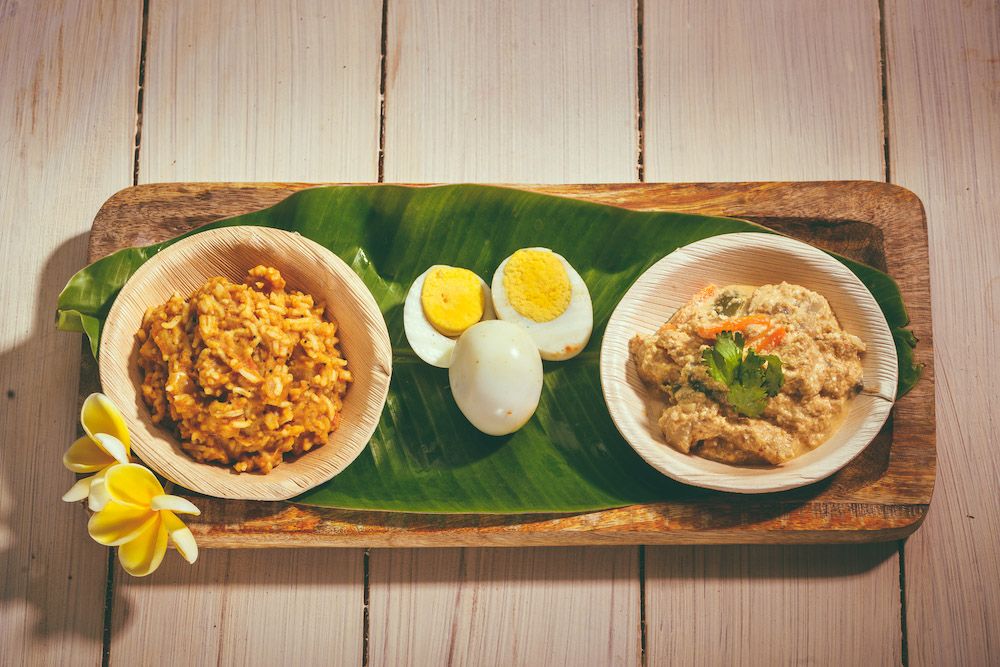What are carbs?
Traditional Indian cuisine is centred around carbs. But let's begin with what the heck are carbs.
Carbohydrates, or carbs, are sugar molecules. Along with proteins and fats, carbohydrates are one of three main nutrients found in foods and drinks.
Your body breaks down carbohydrates into glucose. Glucose, or blood sugar, is the main source of energy for your body's cells, tissues, and organs. Glucose can be used immediately or stored in the liver and muscles for later use.
They are one of the 3 main nutrients that we need to consume. There are 3 forms of carbs - simple, complex, and fibre. Simple means that they are broken down into its base version with minimal fuss. Complex means that they are, well, complex structures which take a bit more breaking down. And fibre is even more complex, some of which can be broken down by the body and some which cannot.
Think of them as the houses the 3 little piggies lived in.
Pig #1 built a house full of straw and hay. Which the big bad wolf found easy to blow away. Aka simple carbs.
Pig #2 built a house with sticks. Which, while sturdier than the first house, the big bad wolf was able to break down. Aka complex carbs.
Pig #3 built a house with brick and mortar, which was impossible to blow away. Aka fibre.
Don't take the analogy too seriously i.e. you should be eating only fibre and nothing else. The analogy is to explain the chemistry that happens internally, and how quickly/easily the body converts the food you are consuming into energy.
Why do we need carbs?
They are accessible stores of energy. And your body needs energy to sustain itself.
A car takes petrol as its main item for sustenance but there's also other things going on (the oil and the brake fluid and all that.) The human body needs a mixture of different energy sources and nutrients, of which carbs are an important part.

The story of carbs starts from a long time ago - a time when energy was hard to come by, and food was not bountiful. Thousands of years ago, before we learned cooking or how to operate a fridge and all that, we had to forage for our food. The energy that we derived from foods was not infinite. In fact, most people found it difficult to meet their energy requirements for the day.
As the human race progressed technologically, we started creating foods that are high in energy (calories) that could be consumed quickly.
But we are no longer in an energy deficit i.e. to get the 1500-3000 calories that one needs for daily function is pretty easy. In fact, it is too easy, which is the problem.
Why is it too easy?
Take any regional Indian meal. It revolves around the grain - whether it is the rice or the roti variant. These would be the simple carbs.
Surrounding it are dishes that are made with lentils and legumes and tubers - all complex carbs.
The amount of protein is miniscule. The amount of fats is dependent on the style of cooking. While fats are important, they are loaded with calories. If one's not mindful, the overall energy intake of a meal goes too high. When you look at a macronutrient split, it looks like this:
- carbs: 70% ( primarily from simple, some from complex, minimally from fibre.)
- protein: 5-15%
- fats: 10-25% (from oils)
Today, our problem is NOT energy shortage but nutrient shortage.

Are carbs the enemy?
With a lot of health scares and the media doing its fucked up scaremongering, a lot of people are genuinely confused about what to do. Weight loss trends and fads and diets are always going around. Which is confusing for many of you, who are genuinely keen to improve your health and wellness.
While our body weight is correlated to our health, it is not the only deal. But it is a useful signal to pay attention to.
Our body needs energy and nutrients. Our current crisis is that we get the energy and we don't get enough nutrients.
Carbs are not the enemy, even though they seem to be. Why? Because all sources of easy energy are from carbs. Not only the rice and roti, or the lentils and dals. But every piece of junk that you eat that comes in a box or packet is simple carbs, loaded with the right amount of salt, sugar, and fat to trigger a response in your body without your control.
But let's attack junk foods another day. You already know junk foods are junk. The problem I'd like you to focus on today is how to eat well outside of junk foods.

So, back to our plate construction.
- Carbs are not the enemy - we have too much of it on our plate.
- The point is not to mindlessly cut the carbs down but to eat more of the other stuff.
- This will automatically lead to the outcome of eating less carbs.
- But that's a consequence of eating better.
- But everyone likes to portray an enemy and so, carbs have become it.
The good old fashioned solution
You need to
- eat more protein.
- eat more fibre.
- eat more vegetables.
- eat more nutrients.
- control your energy intake i.e. calories consumed.
- find the right amount of simple and complex carbs to suit that goal.
Makes sense, right.
Eat a balanced meal and have a balanced plate. Let's see how to do that.
Eat more protein. How can you eat more protein? That's an article by itself, and you can head over to the Daily9 blog for a comprehensive one.
How can you get more fibre and nutrients? Eat more vegetables. While potato, tapioca, sweet potato etc are tubers and not vegetables, let's ignore the technicalities. Instead, aim to have more than 2 colours of vegetables on your plate.

Here's a "Do this!" for you to start:
- The amount of vegetables on your plate determine the amount of rice/roti on your plate. If you have one cup of vegetables, you have one cup of rice. Want more rice? First, add more vegetables.
- The amount of protein on your plate is dependent on what you are allowed to eat. Do read the Daily9 article but as long as you can include some form of protein in every meal, you are good. Unsure what to do - paneer, eggs, curd, greek yogurt, seafood, meat - are options. Nope, dals are not protein. Go with that for now, I'll explain it another day.
- Cook your foods in minimal oil.
How much carbs to eat? A simple rule to start with is to halve the carbs on your plate. If you are hungry after eating the meal, it means you need to include more vegetables in your meal.
Let's do this!
If you'd like a diet plan, you can start over here and then make it your own.
Reducing carbs as a natural consequence of eating more nutrients and other foods.
Carbs are not the enemy. Eating too much energy is. And because our diet is built around simple carbs, it seems to be that carbs are the enemy.
An imbalanced plate is the enemy. Balance it!

